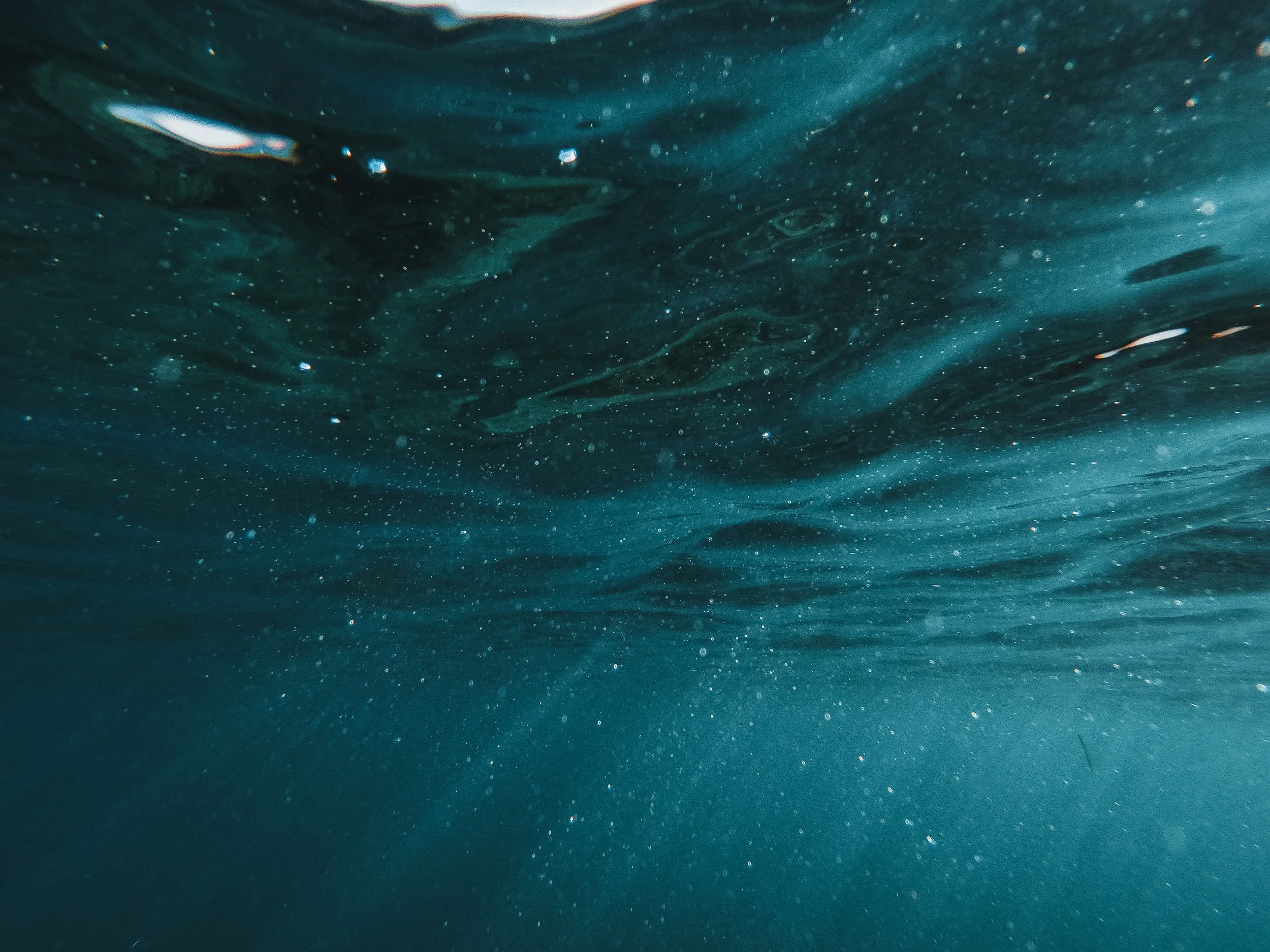Back in November 2019, Khor Reports studied the bubble tea (Boba) trend in Malaysia and the sugar level in the beverages. Click here to read it.
Momentum Works and qlub recently published a report, “Bubble Tea in Southeast Asia”. It is estimated that the 2021 market size for Boba in South East Asia alone is US$3.66 billion. Clearly, this Boba trend is not dying out anytime soon. With newer brands launching, this is still an ever-growing market.
Khor Reports previously tracked the sugar level of beverages in Malaysia and found out that one serving of bubble tea is double the amount of the daily recommended sugar intake. In 2019, 1 out of 5 adults in Malaysia has diabetes and about 3.9 million people are above the age of 18. This is a worrying trend. The prevalence of diabetes is also an upward movement from 2011 to 2019. So, what measures can be taken to tackle this issue?
Source: Malaysia Ministry of Health
Looking at Singapore, the Health Minister recently announced that Food & Beverages (F&B) outlets preparing freshly brewed beverages are to include a nutritional label on their menu to indicate the sugar level of the beverages and certain beverages are not prohibited from being advertised. Beverages falling under Grade C or D, such as Boba, will be affected by the advertising prohibition as most of their beverages have high sugar content.
Source: Singapore Health Promotion Board
As consumers become more health conscious, they may soon start opting for beverages with Grade A or B. Shops will need to revamp their menu or change the amount of sugar used in their beverages in order to attract those consumers. To reverse the trend of diabetes incidences, Malaysia should adopt this policy to encourage its citizens to choose healthier beverages option.
Wong Ivan, Guest Writer | 4 Oct 2022





